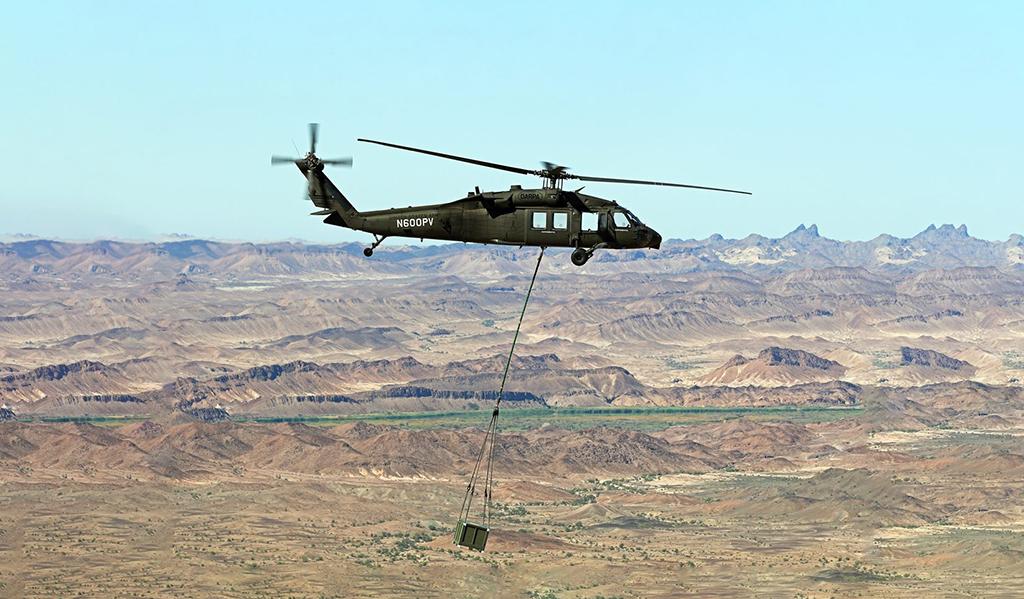
Autonomous Black Hawk
DARPA and Sikorsky in February conducted the first fully autonomous flights of a UH-60 Black Hawk with no one aboard the helicopter. In November, the modified S-70A optionally piloted vehicle, fitted with Sikorsky’s Matrix autonomy system, conducted three flights at Yuma Proving Ground in Arizona to demonstrate contested resupply and casualty evacuation by an autonomous utility helicopter.
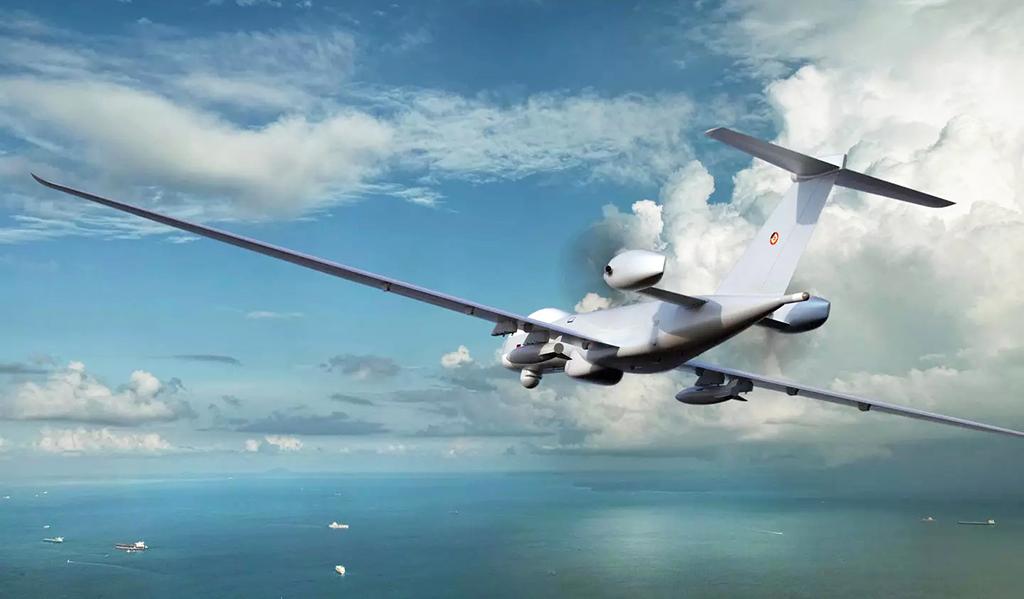
Eurodrone Launched
The €7 billion ($7.4 billion) contract to develop the four-nation Eurodrone medium-altitude, long-endurance uncrewed aircraft system was signed by Airbus and European defense materiel agency OCCAR in February. Airbus, supported by subcontractors Dassault and Leonardo, subsequently selected GE’s Catalyst turboprop for the twin-engine aircraft.
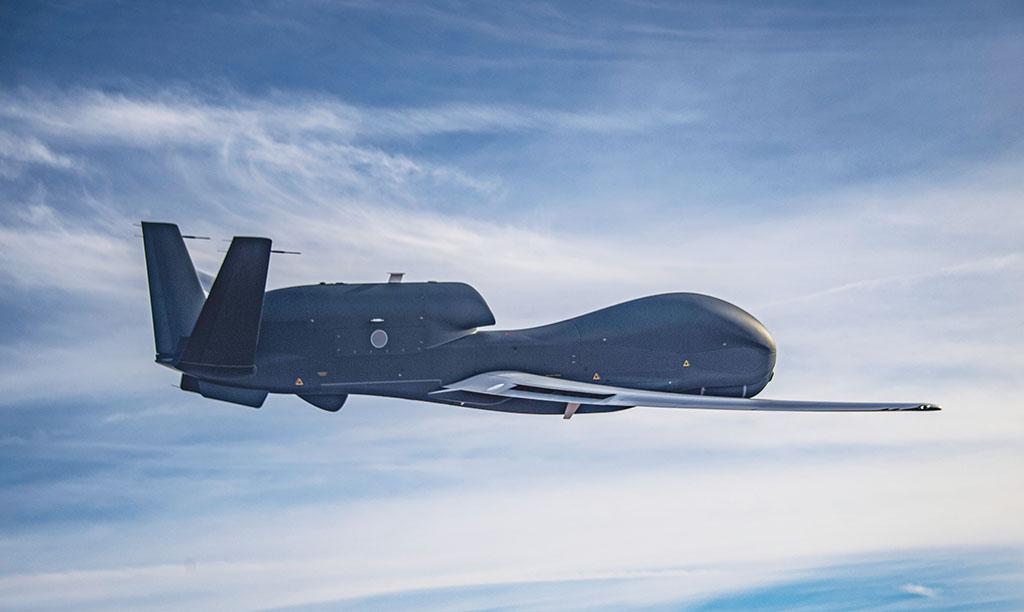
Japan’s Global Hawk
The first of three Northrop Grumman RQ-4 Block 30(I) Global Hawks arrived in Japan in March, landing at Misawa Air Base. All three will be operated by the Japan Air Self-Defense Force Reconnaissance Air Group. Japan and South Korea could be the only operators of the Block 30 in the coming years as the U.S. Air Force is planning to mothball the older Global Hawks in favor of the Block 40 model.
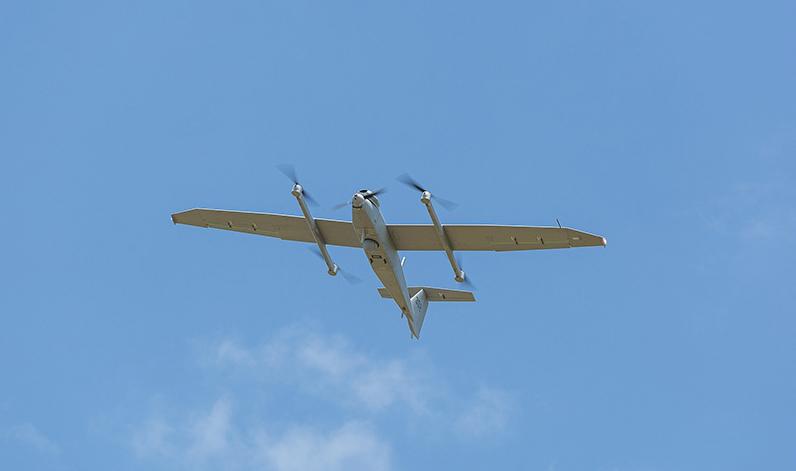
Jump 20 Wins FTUAS
AeroVironment was selected in August to deliver six Jump 20 uncrewed aircraft to the U.S. Army in 2023. The $8 million contract is for the first of up to eight systems, each with six Jump 20 vehicles, for the Future Tactical Unmanned Aircraft System (FTUAS) Increment 1 program to replace the Army’s Textron RQ-7 Shadow fleet with runway-independent aircraft.
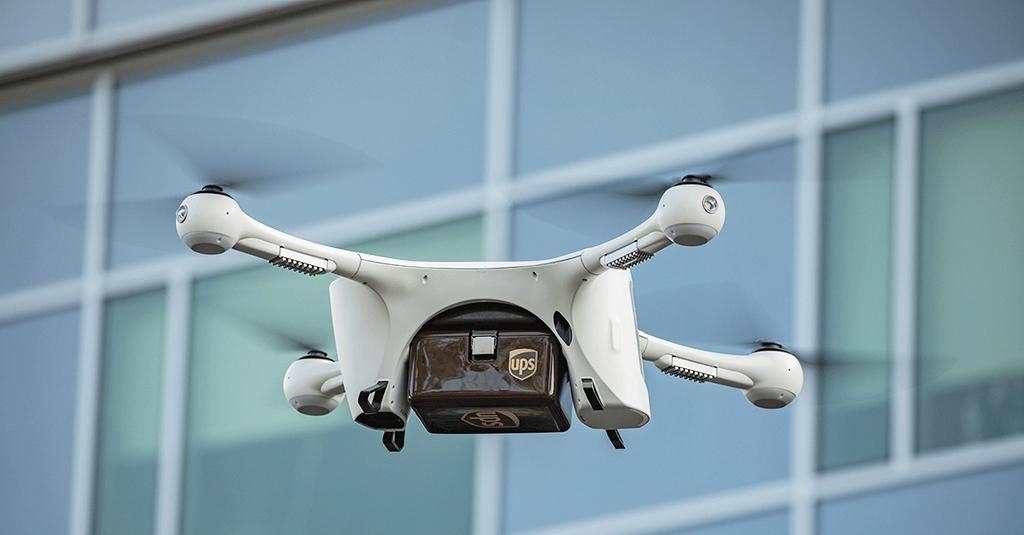
Matternet Delivers
The FAA in September awarded type certification to the Matternet M2 delivery drone after a four-year evaluation. Approval for the 29-lb. multicopter M2 under Part 21.17b rules for special classes of aircraft was the first FAA type certification for a civil uncrewed aircraft system.
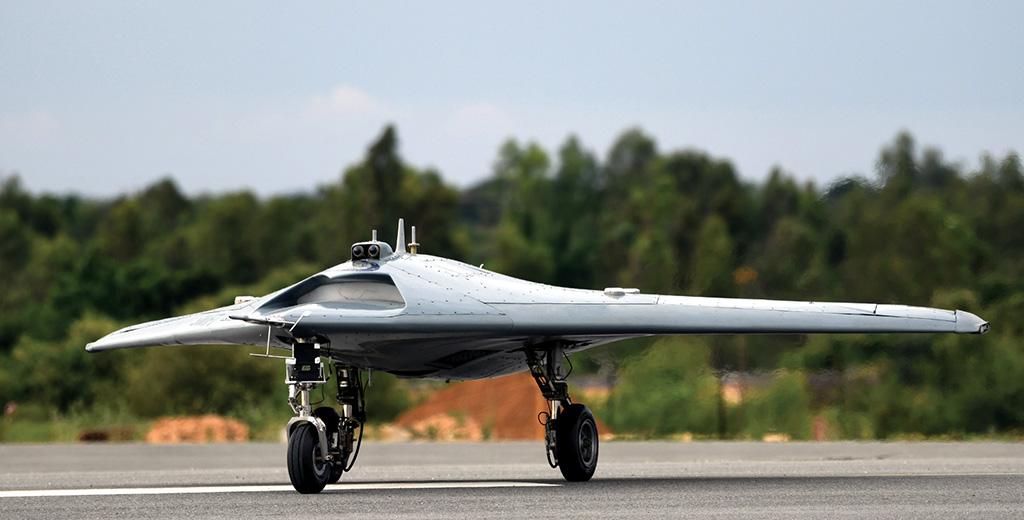
India Flies UCAV
A subscale demonstrator for India’s planned Ghatak uncrewed combat air vehicle (UCAV) made its first flight on July 1 at the Chitradurga Aeronautical Test Range in southern India. The Defense Research and Development Organization’s Autonomous Flying Wing Technology Demonstrator completed a fully autonomous test flight, including takeoff, waypoint navigation and landing.
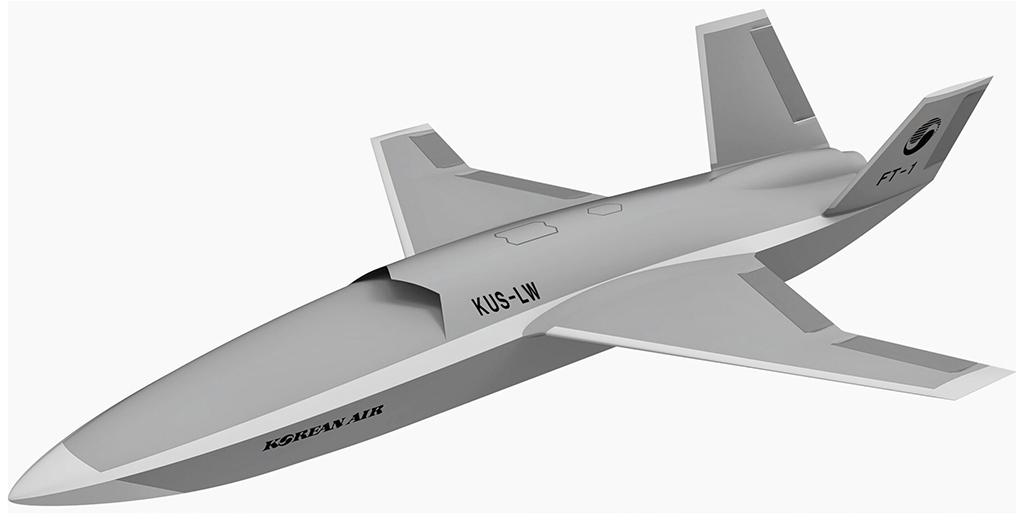
Korean Wingman
Korean Air Aerospace Division was selected in August to develop a low-observable uncrewed wingman demonstrator for the Republic of Korea Air Force. The Korean Unmanned System-Loyal Wingman (KUS-LW) will be powered a 5,000-lb.-thrust turbofan being developed by Hanwha. The UAS will be capable of surveillance, strike, electronic warfare and escort missions. First flight is planned for 2025.
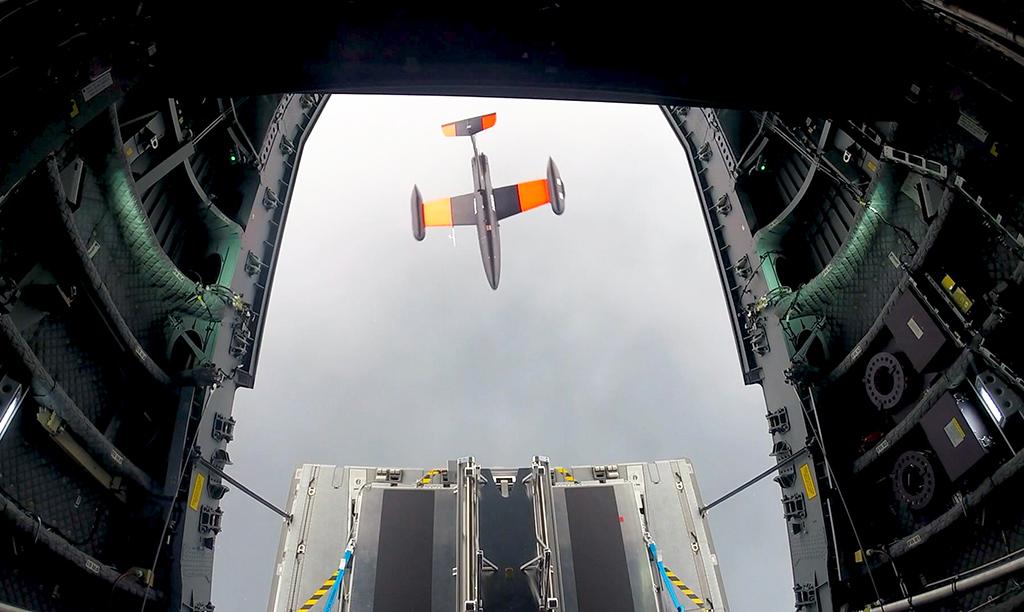
European Wingman
In December, Germany’s Bundeswehr, Airbus and German aerospace center DLR conducted the first launch and operation of a surrogate uncrewed Remote Carrier demonstrator from an Airbus A400M airlifter. The modified Airbus Do-DT25 target drone was launched from the ramp of the A400M, powered up and commanded from the airlifter, with command then handed to an operator on the ground for landing.
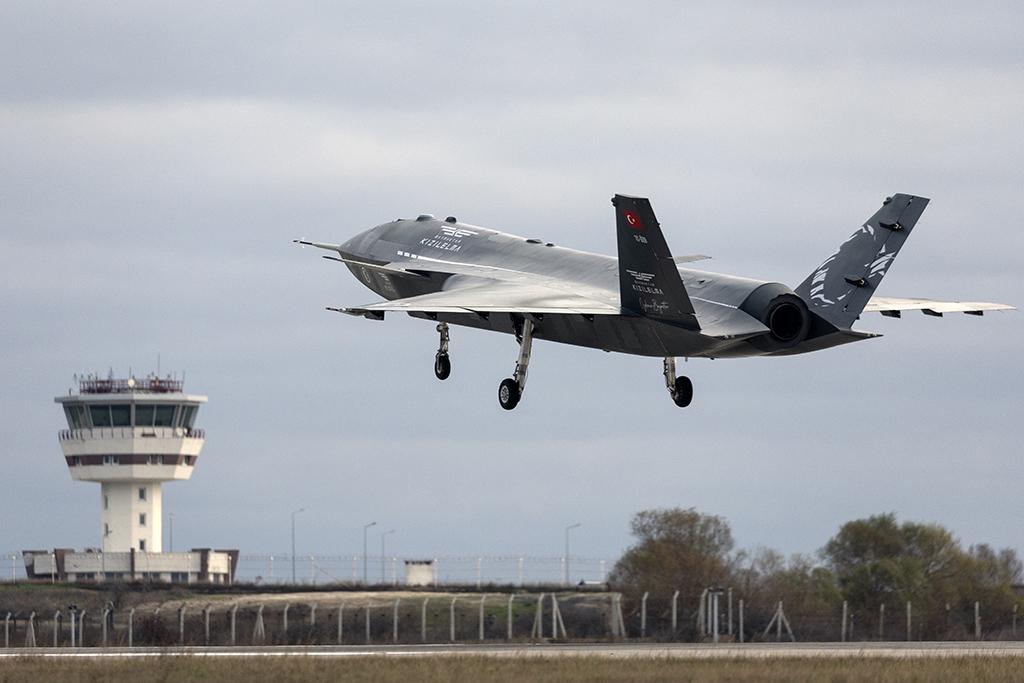
Kizilelma
Turkey’s Baykar Kizilelma uncrewed combat aircraft made its first flight on Dec. 14 from Corlu Airport near Istanbul, barely 18 months after the company revealed privately funded development of the platform. The 6,000-kg (13,200-lb.) aircraft, powered by a Ukrainian Ivchenko-Progress AI-322F, will carry a 1,500-kg payload of indigenous Turkish weapons and sensors, including an active-array radar.

DARPA's Mayhem
Leidos in December won a $334 million contract to build the Mayhem hypersonic demonstrator for the U.S. Air Force Research Laboratory.
There was a distinct shift toward uncrewed aircraft able to perform combat missions in 2022 as technology enabling trusted autonomy continued to mature.
